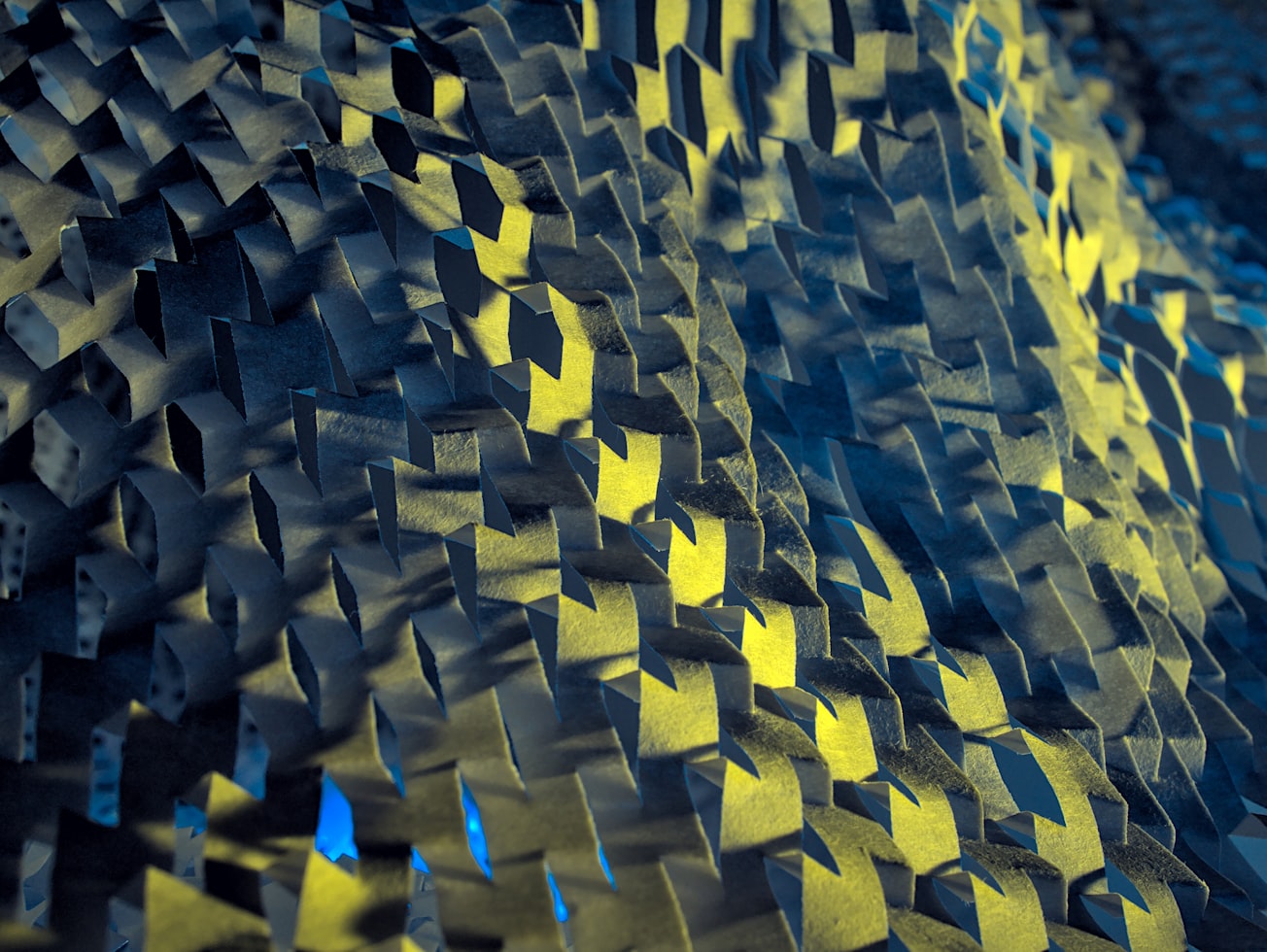What is it about?
Geometric imperfections are inherent to any manufactured component and may cause structural prediction discrepancies as large as 50%. Numerical predictions of structural instability are a critical design aspect for structures with high sensitivity to imperfections. A numerical prediction that considers these imperfections allows a more realistic simulation in the design stage. In our work an numerical-experimental approach to predict structural instability was developed to analyze thin composite tubes produced by filament winding manufacturing process. The divergence between mechanical properties characterized through standardized procedures and those of the manufactured component, influenced by imperfections and manufacturing peculiarities, was considered. Based on numerical and experimental results correlation, the implemented approach was considered effective.
Featured Image

Photo by Michael Dziedzic on Unsplash
Why is it important?
With the proposed approach, when compared with the conventional structural analysis, was observed a difference in mechanical properties reaching 22%, and that the difference between results considering geometrical imperfections was around 20%. Moreover, the synergy between actual mechanical properties and geometrical imperfections over the structural response was evidencied. Our work shows that the numerical-experimental approach developed, considering the relevant factors involved in a structural instability prediction, achieves accurate results in a relatively practical way.
Perspectives
Our aim with this work is to help to unveil how the structural response of polymer composites changes in face of its influencial factors, while at the same time these factors are studied.
Eduardo Gerhardt
Federal University of Rio Grande do Sul
Read the Original
This page is a summary of: Numerical‐experimental structural instability analysis of composite tubes considering manufacturing parameters and imperfections, Polymer Composites, December 2020, Wiley,
DOI: 10.1002/pc.25921.
You can read the full text:
Contributors
The following have contributed to this page







